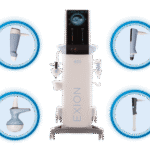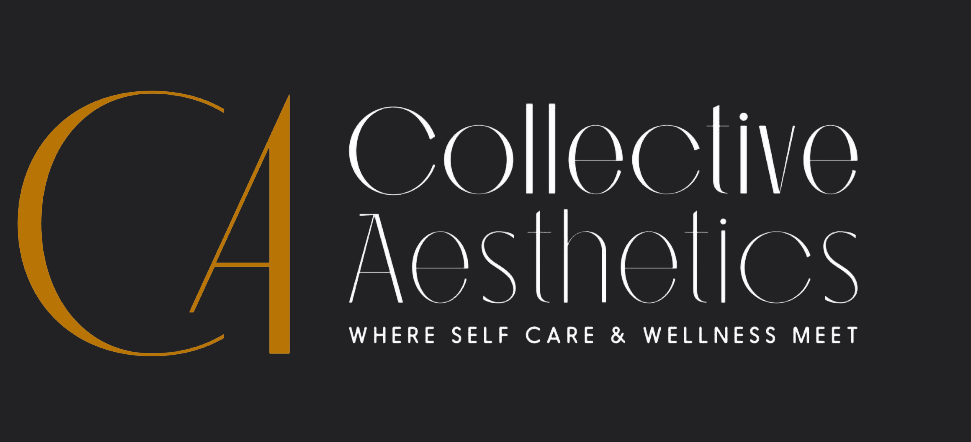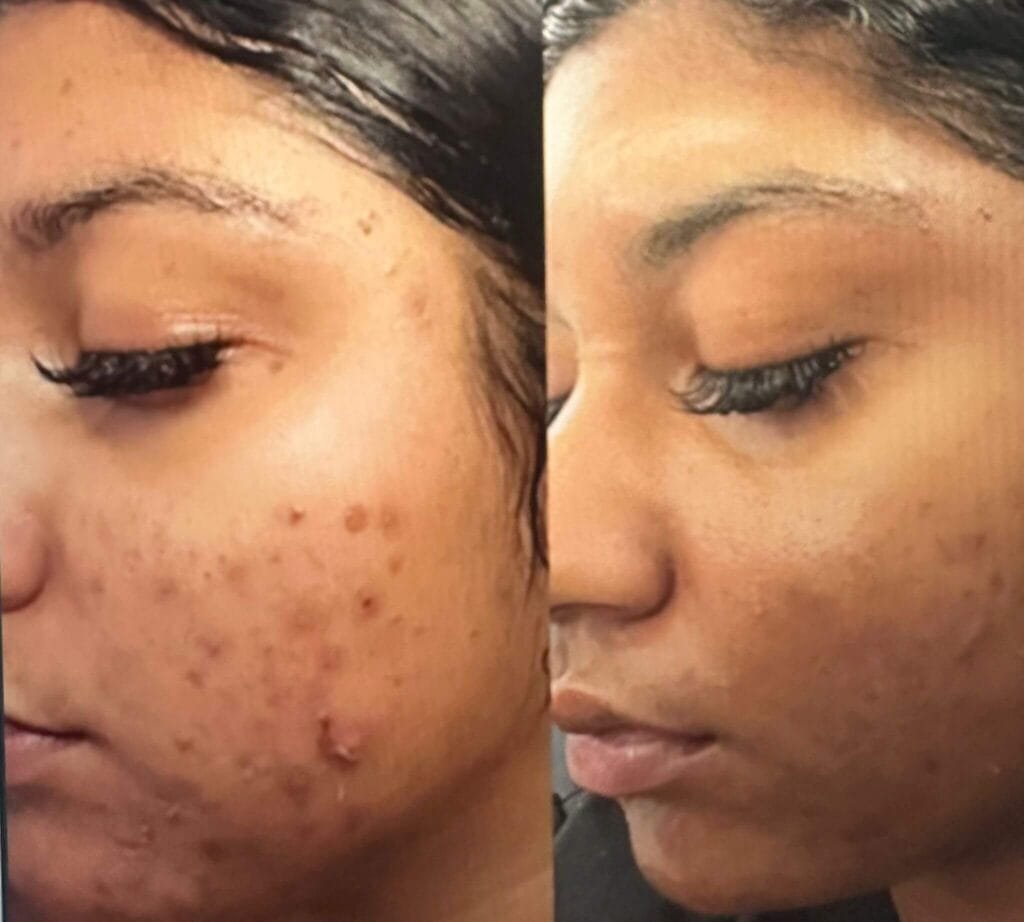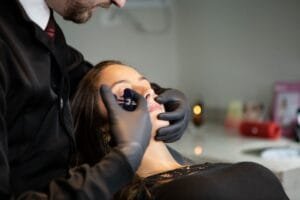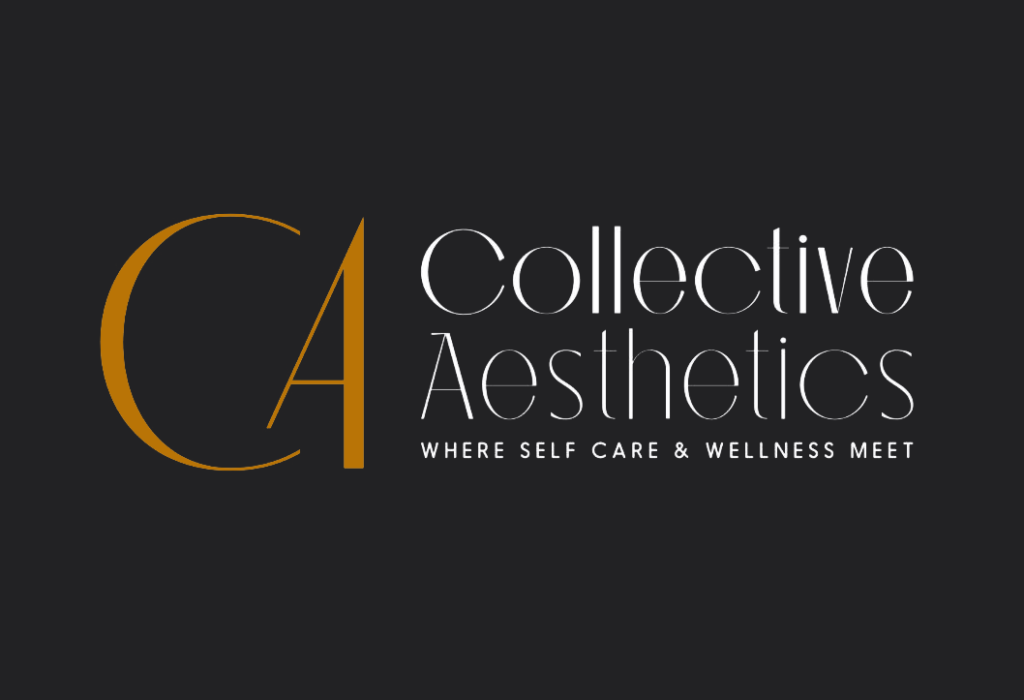Here Are 3 Types of Chemical Peels Available at Collective Aesthetics in Miramar, Florida – Collective Aesthetics Determine which peel meets your skin type and goals.
Understanding the Types of Chemical Peels: Light, Medium, and Deep Peels
Overview
Do you want to revive your skin but don’t know how and where to start? This blog will lead you through the classifications of chemical peels: light, medium, and deep peels, as well as what each treatment includes, their benefits, potential side effects, and which peel is ideal for your skin. Whether addressing fine lines, acne scars, sun damage or desire a fresh glow, knowing these options will help you make a confident, informed decision. About Us — Chemical Peels at Collective Aesthetics — Miramar, Florida
What Is a Chemical Peel?
A chemical peel is a skin-resurfacing procedure that uses a chemical solution to exfoliate the skin and stimulate cell turnover. The process removes dead skin cells and reveals newer, smoother, more youthful skin underneath.
Chemical peels are classified into three main categories:
- Light peels
- Medium peels
- Deep peels
Each peel differs in terms of strength, ingredients, recovery time, and the types of skin issues they address.
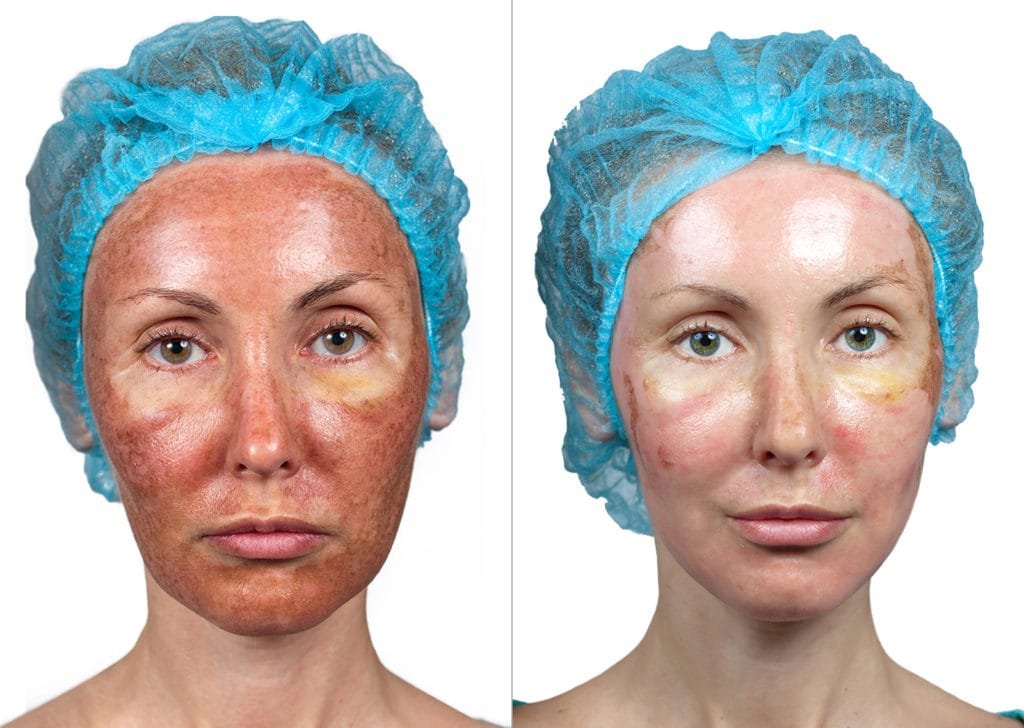
Types of Chemical Peels: Light, Medium, and Deep Peels
Let’s take a closer look at each category, which may help you decide which treatment might be best for your skincare goals.
Light Chemical Peels
What It Is:
Light peels, also referred to as superficial peels, are the mildest choice. These peels usually contain alpha-hydroxy acids (AHAs), such as glycolic or lactic acid, which exfoliate only the skin’s outermost layer.
What It Treats:
- Mild acne
- Uneven skin tone
- Dull complexion
- Dryness
- Minor sun damage
Benefits:
- Minimal downtime
- Great for sensitive skin
- Can be done regularly (every 2–4 weeks)
- Improves skin texture and radiance
Recovery Time:
Mild redness and flaking for 1–2 days, if any.
Medium Chemical Peels
What It Is:
Medium peels penetrate deeper into the skin using trichloroacetic acid (TCA) or a combination of acids. These are stronger than light peels and are typically recommended for more noticeable skin concerns.
What It Treats:
- Fine lines and wrinkles
- Acne scars
- Hyperpigmentation
- Moderate sun damage
Benefits:
- Improves skin tone and texture
- Reduces signs of aging
- Stimulates collagen production
- Long-lasting results
Recovery Time:
Peeling and redness for 5–7 days. Some may experience swelling or skin sensitivity.
Deep Chemical Peels
What It Is:
Deep peels are the most intensive and typically use phenol acid. They penetrate several layers of skin and are usually performed once in a lifetime.
What It Treats:
- Deep wrinkles
- Severe acne scars
- Pre-cancerous growths
- Intense pigmentation issues
Benefits:
- Dramatic improvement in skin texture and tone
- Long-lasting effects
- Can significantly reduce the signs of aging
Recovery Time:
It requires significant downtime (2–3 weeks or more), and redness may persist for several weeks. A deep peel is usually performed under sedation or anesthesia. It should only be done by experienced professionals like those at Collective Aesthetics.
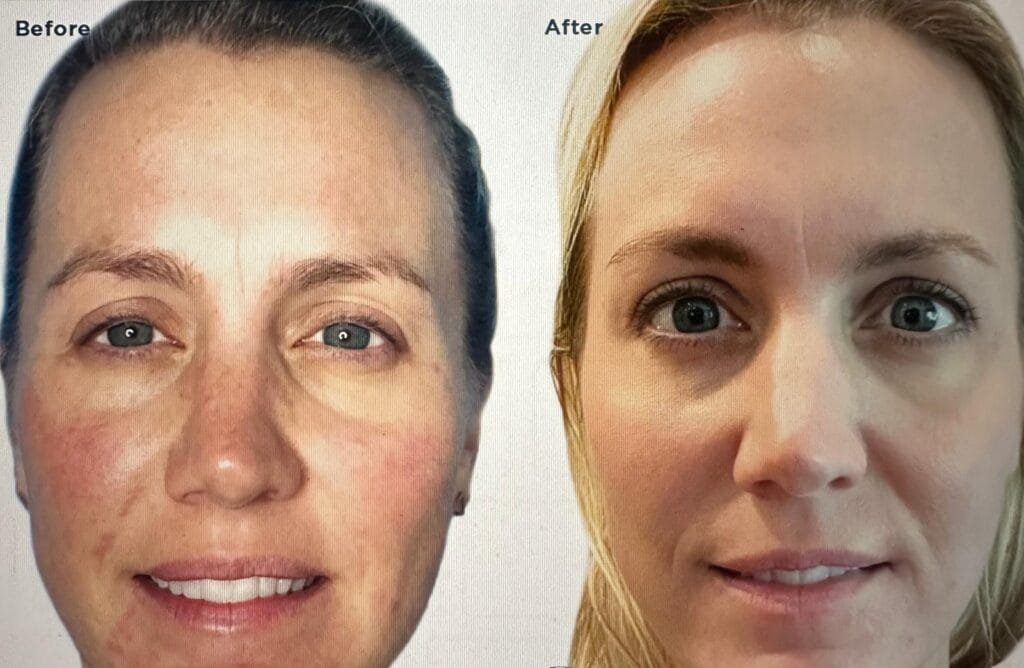
How to Choose the Right Peel for Your Skin
When considering the types of chemical peels: light, medium, and deep peels, here are a few things to keep in mind:
Factors to Consider:
- Skin Type: Sensitive or darker skin tones may require a more customized approach.
- Concerns: Are you dealing with fine lines, acne scars, or just looking for a refresh?
- Downtime: How much time can you afford to recover?
- Budget: Deeper peels are more costly due to their intensity and the care required.
Benefits of Chemical Peels at Collective Aesthetics
At Collective Aesthetics in Miramar, FL, our licensed experts tailor each treatment based on your skin type and goals. Here’s why clients trust us:
- Personalized Consultations
- Medical-Grade Products
- Highly Experienced Staff
- Comfortable, Safe Environment
Client-Favorite Peel Treatments Include:
- Glow-Up Glycolic Peel (Light)
- TCA Radiance Peel (Medium)
- Ultimate Phenol Peel (Deep)
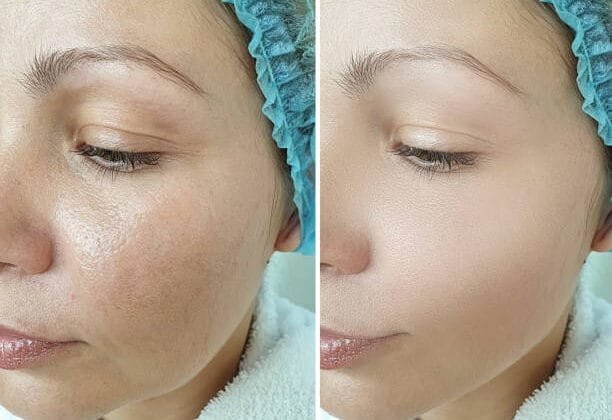
What to Expect During and After Treatment
Before the Peel:
- Avoid exfoliating products and sun exposure
- Stop using retinoids (as advised by your provider)
During the Peel:
- Light stinging or tingling
- Procedure duration: 15–60 minutes, depending on the peel type
After the Peel:
- Light peel: Mild redness
- Medium peel: Peeling, slight swelling
- Deep peel: Extended downtime, redness, and aftercare required
Frequently Asked Questions
Are chemical peels safe for all skin types?
Yes, but deeper peels require extra caution for darker skin tones to avoid hyperpigmentation.
How many sessions do I need?
- Light peels: Multiple sessions for optimal results
- Medium peels: Every few months
- Deep peels: One-time treatment
Is a chemical peel painful?
Depending on the depth, mild to moderate discomfort may occur. For deeper peels, numbing creams or anesthesia are used.
Final Thoughts
Understanding the types of chemical peels, light, medium, and deep peels, empowers you to take control of your skincare journey. Whether you’re a first-timer or looking for a more intensive transformation, there’s a peel designed just for you. At Collective Aesthetics, we’re here to guide you every step of the way.

Contact Information
- Address: 6229 Miramar Pkwy Ste 7, Miramar, FL 33023, United States
- Phone: (305) 528-3360
- Email: info@collective-aesthetics.com
- Website: www.collective-aesthetics.com
- About: About Us
- Consultation: Book A Consultation now!
- Related topic for Chemical Peels
- Benefits of Chemical Peels: Acne scars, anti-aging, sun damage.
- Chemical Peel for Different Skin Types: Sensitive, oily, dry skin.
- Chemical Peel Recovery Time and Aftercare Tips.
- Chemical Peels vs. Laser Treatments: Differences and benefits.
- Best Chemical Peels for Acne and Scars.
- Risks and Side Effects of Chemical Peels.
- Chemical Peel Cost: Factors affecting pricing.
- Chemical Peels for Hyperpigmentation and Melasma.
- DIY Chemical Peels vs. Professional Peels.
